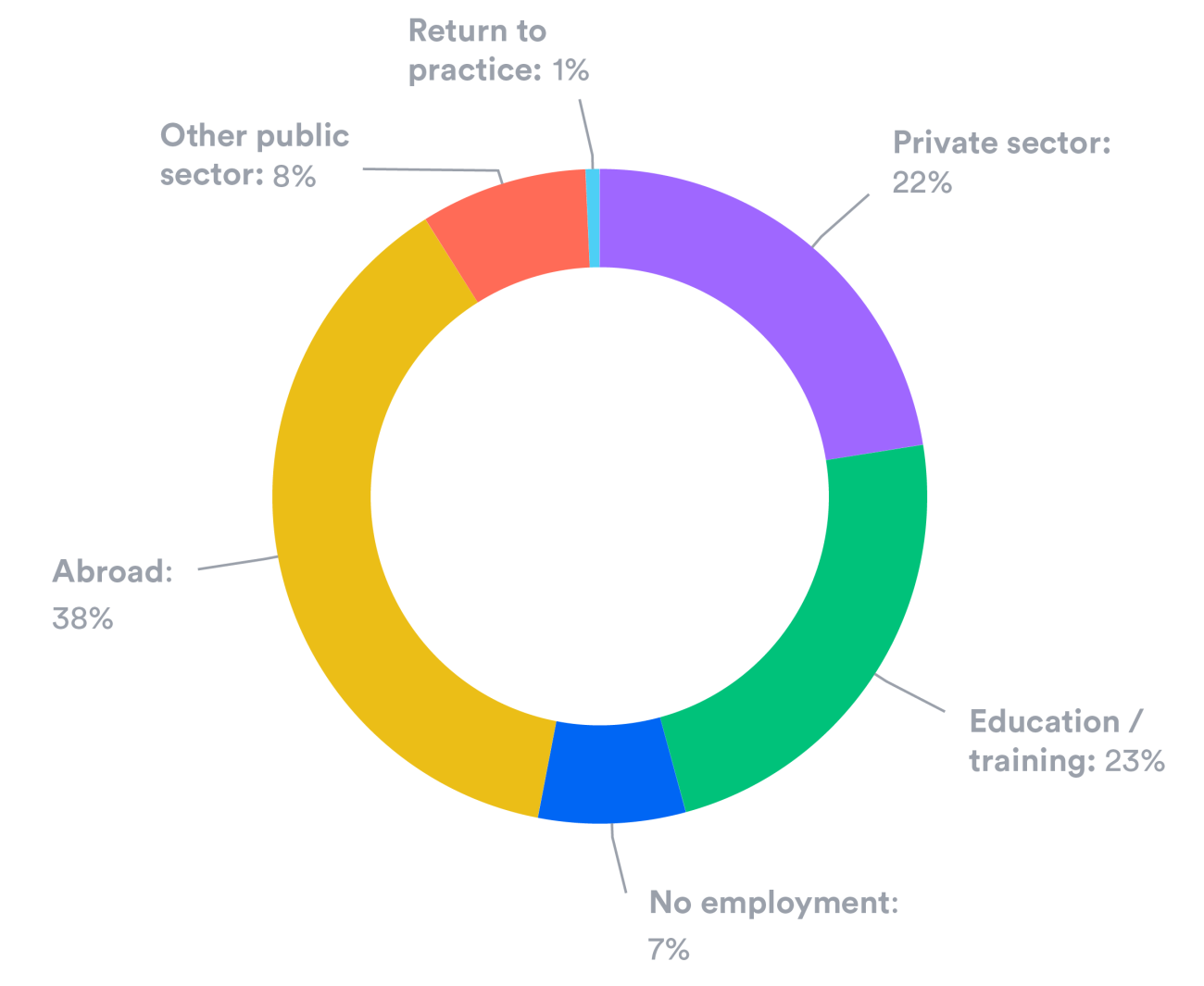The government’s pledge to have 50,000 more NHS nurses by 2024 is ambitious, but there has been welcome, significant progress on it at a national level. To February this year, the number of NHS nurses has increased by 25,458 full-time equivalents since the 2019 general election. This equates to almost 1,000 more a month, and is on a par with the rate needed to achieve 50,000 more within this parliament.
But where are these nurses coming from? A BBC story earlier this week suggested that half of the joiners to the UK’s nursing register were from abroad. But recently published data, specifically on NHS hospital and community health services in England, paints a more detailed picture.
It suggests that as well as overseas recruitment – which accounted for nearly two in five joiners with a known source of recruitment in the year to October 2021 – recruitment from private health and social care and other private sectors, at over one in five joiners, also makes a significant contribution. This highlights the importance of the NHS remaining an attractive employer to nurses not only internationally, but also compared to domestic competition. Of every five people on the nursing register and living in England, around two are not directly employed by the NHS.
Admittedly these novel data need to be treated with caution. For one in nine joiners, the source of recruitment is unknown, and these may not be distributed evenly across the different sources of recruitment and so skew the proportions. It is also unclear, for instance, how many of the previous unemployed recruits are recent graduates too, and therefore could be considered as being from ‘education/training’.
Given the scale of activity needed to make headway on the elective backlog, it is not even clear whether 50,000 will be sufficient. Either way, having a firm grip on the nursing labour market – including improving the completeness of this data – is paramount for NHS leaders.

